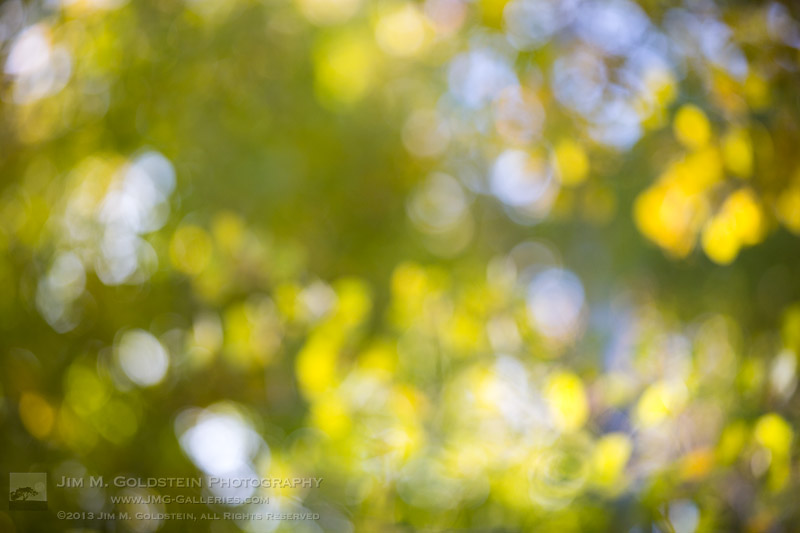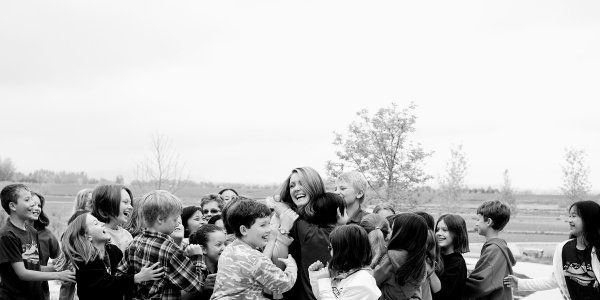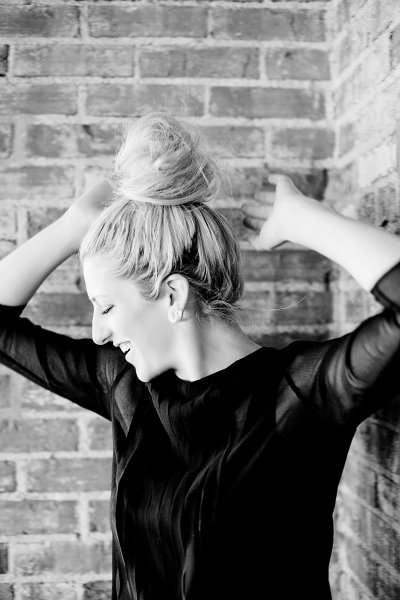 |
| Cinerama leaning back – a natural result of pointing my camera upwards to capture the whole building. |
Anyone who has stood at ground level and taken a photo of a building across the street has likely seen the effects of perspective distortion – you tilt your camera back to bring the whole building into frame, causing the straight lines of the building to appear to be ‘leaning back.’ Tilt-shift lenses are designed for exactly this problem, but they’re expensive, specialist optics.
More often, this effect will be corrected in software, but doing so usually requires the user to stretch the top of the image and crop to avoid the blank spaces this creates at the bottom of the frame. Apple is tackling this problem with a unique approach in the iPhone 11: by capturing more data outside of the frame.
 |
| I don’t know, I just like boring photos I guess? |
For whatever reason, I’m drawn to the types of photos where perspective distortion is painfully obvious – signs, sides of buildings, etc. – but I’m horrible at lining them up correctly. Usually, I find out going through my images later that I wasn’t squared up to my subject even though I thought I was. Horizons are slightly askew, or I was leaning back slightly. Apple, it seems, has heard my cries.
When you’re shooting with the standard camera (with a focal length equivalent to about 26mm), the iPhone 11 will also capture image data from the ultra-wide (13mm equiv.) camera – a feature that is referred to in the settings menu as “Photos Capture Outside the Frame.” If you’re shooting on the telephoto camera of the 11 Pro, it’ll capture additional information from the standard camera.
That extra information is saved alongside your photo. When you edit that image in the native camera app, you’ll be able to use the extra data as you rotate and manipulate your image – a big help when you’re trying to fix crooked lines in a photo.
 |
| As you make image adjustments, you’ll see the extra data captured by the ultra-wide lens. This additional image information is available for 30 days. |
The phone can use that information to automatically re-crop photos too. In the camera settings menu there’s an option to “Auto Apply Adjustments.” You’ll know that auto adjustments have been applied to an image when it shows a blue “Auto” icon above your captured photo. We’ve noticed this feature being employed when the phone detects a human subject cut off at the edge of the frame.
And even for many photos that aren’t automatically adjusted, the stock camera app will suggest tweaks when brought into edit. For example, take that image of the building that’s leaning back – if you edit it in the iPhone’s camera app and engage the crop tool, it will automatically correct for perspective distortion and use the extra image data it saved to fill in the areas at the edges of the frame that would otherwise need to be cropped out.
 |
| Bringing the image into the iPhone’s native editing app, then pressing the ‘crop’ option will take you to this view. The yellow ‘auto’ icon appears at the top of the image if there’s a suggested crop, as there is in this example. |
 |
| The same adjustments can be applied in Photoshop, but without that extra image information at the sides of the frame you’ll need to crop in to avoid including blank space in your final image. |
 |
| The iPhone goes beyond these limitations with that extra image data. In addition to correcting perspective, you can creatively re-crop your image to preserve details at the edge of the frame – and even include objects that were well outside of the frame in your initial standard image. |
I don’t think many people will discover this feature, and that’s a shame. It’s not just helpful for correcting distortion and fixing crooked horizons – it’s a useful feature if you just want to re-crop an image after-the-fact. However, it will only be discovered by those who enable the ‘capture outside the frame’ feature and attempt to crop an image, which I imagine is a fraction of the many people who will use the camera day in and day out.
Regardless of how widely used this feature will be, what Apple is doing is clever. Photoshop’s Content Aware Fill feature does something similar – it will fill in missing data when rotating or stretching an image – but instead of using data from a wider lens, it’s filling in those empty spaces based on educated guesses. Apple’s approach is just one more way in which smartphone manufacturers are using data to their advantage – to the advantage of boring photo fans everywhere.
Articles: Digital Photography Review (dpreview.com)







You must be logged in to post a comment.